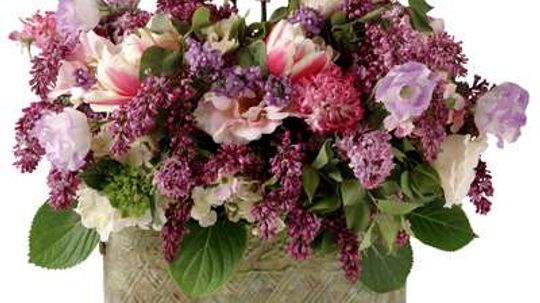Step into the enchanting world of floral arrangement and embark on a historical journey that will fill your heart with joy. Discover the secrets behind creating breathtaking displays that have captivated civilizations throughout the ages.
Ancient Origins: Unveiling Nature’s Beauty
In ancient times, floral arrangements were not merely decorative; they held deep symbolic meanings. From the Egyptians to the Greeks, flowers played a significant role in religious ceremonies and rituals. Delicate blossoms such as lotus flowers symbolized purity and rebirth, while vibrant roses represented love and passion.
The Renaissance Revival: A Blossoming Era
During the Renaissance period, floral arrangements experienced a revival like never before. Inspired by classical art and literature, artists sought to capture nature’s beauty in their creations. Elaborate bouquets adorned grand palaces and noble households, reflecting wealth and status.
The Victorian Language of Flowers: Sentiments Unspoken
In Victorian England, an entire language was dedicated to expressing emotions through flowers. Each bloom had its own meaning – from red roses signifying romantic love to forget-me-nots representing true remembrance. These intricate messages allowed individuals to convey sentiments without uttering a single word.
Modern Innovations: Embracing Creativity
Taking inspiration from past traditions, modern floral designers have embraced innovation while preserving historical techniques. Today’s arrangements combine diverse elements such as exotic blooms, foliage textures, and unexpected materials for stunning visual impact.
Celebrating Nature’s Masterpieces
In conclusion, arranging flowers is more than just placing petals together – it is an art form deeply rooted in history. By understanding its rich heritage and embracing the joy it brings, we can create captivating displays that celebrate nature’s masterpieces. So, let your imagination bloom and embark on a journey through time with every arrangement you create.


